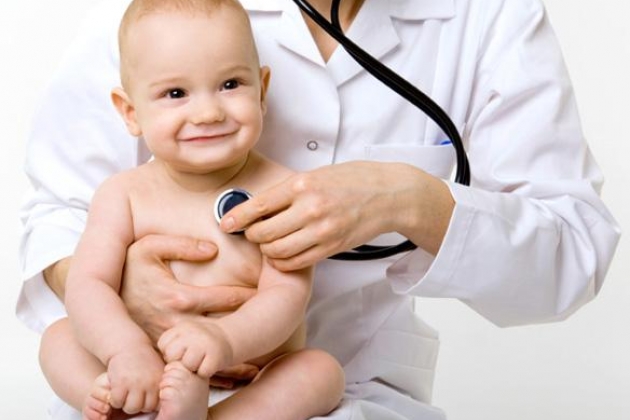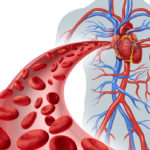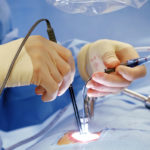
Overview on Paediatric Cardiac Surgery
Paediatric Cardiac Surgery is performed to repair the heart faults in children. Basically this surgery is done to repair the heart related fault in new born baby. Surgery is only recommended when rest all other treatments fail to show effective result. Paediatric Cardiac surgery is performed to repair heart defects in a new born child. The surgery is required for the wellbeing of the child.
There are several types of heart defects. They can be divided into minor and major or serious defaults. The fault can be inside the heart or in the large blood vessels, i.e. exterior of the heart. You must be familiar with the open-heart surgery.
In Open-heart surgery, heart-lung bypass machine is used by the surgeon.
- After giving the child general anaesthesia, an incision (cut) is made through the breastbone.
- Tubes are used to redirect the blood all the way through a specific pump known as heart-lung bypass machine.
- This machine stops the heart and stopping the heart makes it feasible to fix the heart muscle, the heart valves, or the blood vessels that are outside the heart. After that the heart starts working normally.
Why the Procedure is performed?
Some heart related issues need treatment soon after birth. Some defects can be rectified after some years later. Specific heart faults do not need any kind of treatment.
Generally, there are some symptoms that indicate that surgery is required are:
- Blue or grey skin, lips, and nail beds. These symptoms state that there is shortage of oxygen in the blood.
- Problem in breathing as the lungs are “wet,” jammed, or chock with fluid.
- Issues related to heart rate or rhythm of heart.
- Lack of growth and development of infant as well as improper sleep.
Risks
Though the surgeons who are well trained in performing such surgeries perform the heart surgery, there can be some complications a risk involve during or after the surgery. After the surgery, proper care of the child is needed to avoid the complications.
Risks involved in the surgery are:
- Bleeding throughout surgery or after surgery
- Bad effects of medications
- Breathing Problem
- Infection
Additional risks involved in the surgery are:
- Clotting of blood
- Air bubbles
- Pneumonia
- Problem in heart beat
- Heart attack
The result and success of the surgery completely depends on the condition of the child, type of problem or defect he had and the type of surgery the doctor opted to treat his defect. Chances of complete recovery are high after the surgery, thus the children can lead happy and healthy life.



